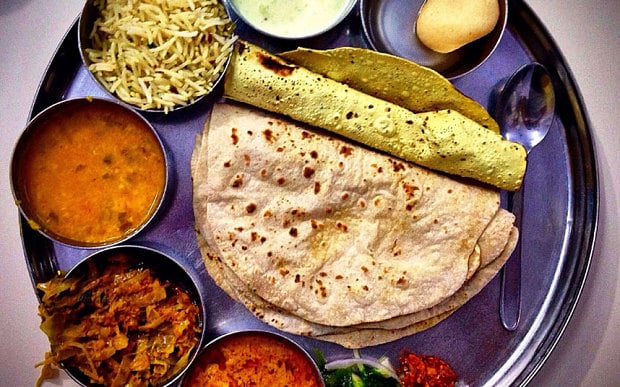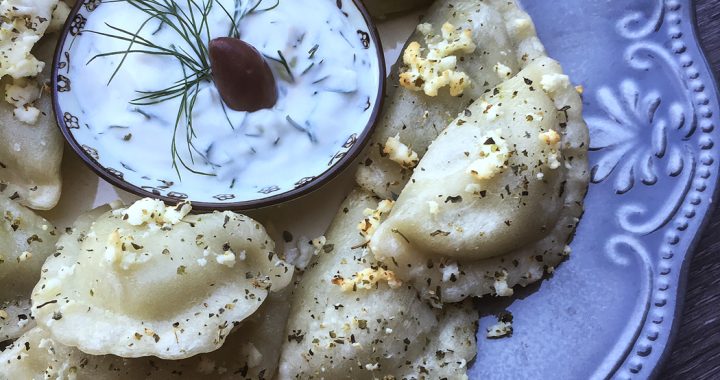
The Evolution of Indian Cuisine Throughout History
The history of Indian cuisine is as diverse as the cuisine itself. Indian cuisine is considered to have existed for approximately 4,000 years and has evolved and altered over time to represent the country’s diverse cultures and geographical locations. Today, Indian cuisine is popular all over the world, and the particular flavors and spices of the cuisine continue to excite both diners and cooks at real Indian restaurants. Continue reading if you want to understand more about these fantastic dishes.
A Prolonged History
Over thousands of years, India’s culture and history have had a significant impact on its cuisine, which has gone through various distinct stages of development. In ancient India, it was customary for royal courts to host extravagant feasts featuring a range of dishes created with exotic spices and herbs. The Mughal empire, which ruled over India for much of the 16th century, is credited for giving the country its own particular cooking style, which included aspects of Arab, Persian, and Turkish cuisines. Due to an increase in foreign tourists and merchants’ interest in Indian cuisine during the British colonial era in India in the 19th century, a wider variety of ingredients were added to traditional meals. As a result of the synthesis of all of these many influences, some of the most delectable flavors currently prominent in any cuisine have been formed.
The Valley of the Indus
The Indus Valley Civilization generated one of the world’s oldest cuisines, stretching back thousands of years. Archaeologists have discovered food and cooking items that give information about prehistoric culinary practices and traditions. Because of India’s long history, its cuisine is a mash-up of numerous civilizations and draws influences from all throughout the country. As a result, there is currently an extremely diversified range of meals available. Indian food is known for being tasty and aromatic due to the use of a wide variety of herbs and spices and is consequently widely liked around the world. Indian food has something for everyone, whether they prefer to order takeaway or cook their own traditional meals in the kitchen. Given the unique ingredients and flavors used in Indian cuisine, it’s no surprise that diners from all over the world continue to be impressed.
Spices and Regional Influence
The range of flavors and smells utilized to create intricate feasts distinguishes Indian food, which is noted for its extensive use of spices. Turmeric, cardamom, cumin, and coriander are examples of indigenous Indian spices. These, together with other herbs and spices, give Indian cuisine its particular flavor. Spices are typically used in a traditional masala mix to provide a layer of flavor to foods. In countries with higher average temperatures, fresh or dried chili peppers are widely used to impart heat to cuisine. Herbs like mint and curry leaves are widely used in Indian cooking since they have a distinct flavor. Furthermore, different cooking techniques are preferred in different regions. Some regions, for example, like shallow frying with oil, whereas others prefer to roast or grill their meals. Because of its flavor and scent, coconut is commonly used in southern cuisine. The many geographical variations in Indian food are what give it its distinct flavor and presentation.
The Effect of Religion
Vegetarianism, which is practiced by more than 30% of the population, is also popular in India. This is primarily due to religious considerations, as many Hindus refrain from eating animals, particularly cows, who are revered in their religion. Furthermore, because taking the plant’s roots out of the ground to harvest root crops such as onions and garlic often completely ruins the plant, Jains avoid eating them. As a result, cereals, lentils, and various dairy products are widely used as protein sources in Indian cooking.
Because food is so important in Indian culture, special meals with symbolic meaning are routinely prepared for festivals and other occasions. Hindus typically make sweets for festivals such as Diwali, such as laddoo, which is sweetened semolina or wheat balls, and barfi (condensed milk with nuts and spices). In a similar vein, Muslims traditionally prepare and devour a sweet delicacy known as sheer khurma in celebration of the Eid holiday, which symbolizes brotherhood and plenty.
Furthermore, each area and state in India has its own culinary style, using local ingredients to create a distinct flavor profile. As a result, the cuisine of different regions and states in India varies. North Indian food, for example, typically includes wheat-based meals such as chapatis and parathas, whereas South Indian cuisine frequently includes a significant amount of rice. Immigrants have influenced traditional cuisines all around the world, resulting in novel and one-of-a-kind flavor combinations. In addition to regional cuisines, India has developed a number of fusion cuisines throughout its history.
Easy Influence
The variety of Indian cuisines now available can be credited to the introduction of new flavors and ingredients from various cultures. Gujarati cuisine, for example, has been heavily impacted by Persian cuisine, and Mughlai cuisine dishes have been influenced by Central Asian culinary habits. South Indian cuisine was introduced to a wide variety of fresh goods and culinary skills by Portuguese traders. One of these included chili peppers in the spice blend. Other regional cuisines, like Kerala’s Malabari cuisine, have been influenced by the introduction of new flavors and ingredients from other countries. The end result is a culinary legacy that is rich and active, with many regional variations and cooking techniques. With its particular blend of flavors and fragrances, Indian cuisine, which includes dishes such as fiery curries and savory biryanis, continues to captivate palates around the world.
Indian food, regardless of locale, is sure to delight the tongue with its diverse flavor profiles and peculiar combination of ingredients. This lively culinary tradition has something for everyone to enjoy, from rich, creamy curries to aromatic, savory biryani rice dishes. Whether a person likes the delicate sweetness of a northern korma or the fiery spices of a southern vindaloo, there is an Indian dish for everyone. Everyone can benefit from the particular characteristics of Indian food. As a result, there has never been a better time to learn about India’s rich culinary legacy. When it comes to exquisite delicacies that will delight your taste buds, the possibilities are endless.
Conclusion
You should try Indian food the next time you’re craving something different because it’s becoming increasingly popular around the world. Tikka Shack is the place to go for authentic Indian cuisine. The very authentic Indian food and a lively atmosphere combine to provide a fantastic dining experience that is impossible to forget. If you don’t feel like going out to dine, go to www.tikkashack.com and place an order for their authentic Indian food, which you can then take home and enjoy in the privacy of your own house.





